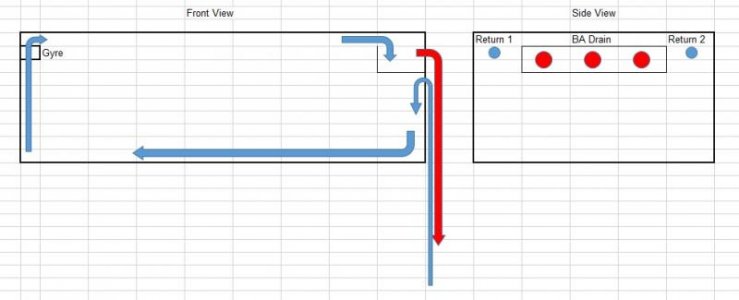xtrattitude4u
New member
I have a 100 gallon tank with a built in overflow I am trying to modify for this system. The drain section is small, and I'm having to drill holes creatively to fit the siphon and open stand pipes in the overflow box.
Is there an issue with having the emergency pipe in the tank?
I know that it would only take on water if the dt water level rises, but I think it would still work if it had to. I'm wondering how it would affect the system at startup, possibly hindering the full siphon starting on the main pipe?
Thanks!
Is there an issue with having the emergency pipe in the tank?
I know that it would only take on water if the dt water level rises, but I think it would still work if it had to. I'm wondering how it would affect the system at startup, possibly hindering the full siphon starting on the main pipe?
Thanks!

